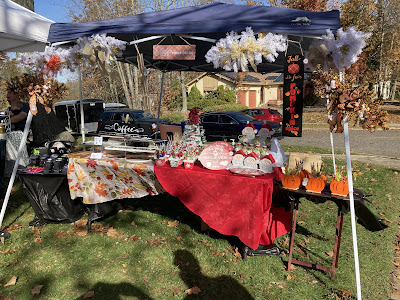Earlier this year, I recorded Graphic Design fundamentals for the Create & Thrive Podcast with Jess Van Den who happens to live on the Sunshine Coast, Australia. It was very exciting to record this episode due to her obvious handmade business savvy, creativity, and talent she brings as an entrepreneur and artist from the land down under. I am, of course, located in Southern New Jersey in the U.S., so our separation and differences included oceans, accents, and even centimeters vs. inches.
It was a great experience to share some of my 20 years of graphic design knowledge with her listeners, and I would like to point you in the direction of her excellent podcast both for this and other episodes. Her Etsy business, called Epheriell, is where Jess Van Den handcrafts beautiful and stylish jewelry, and her Create & Thrive business is where she helps others grow and prosper with their own handmade businesses.
Follow the provided link to hear our interview.
https://www.createandthrive.com/graphic-design-fundamentals-for-makers-with-ron-miller-289
Podcast clarification points:
After listening to the finished podcast, I decided that certain points made regarding design principles and other items could benefit from additional clarification.
Time stamp / Details
16:24 / domain registrar
I use Hover.com to register a number of website domains. For our business blog, we have registered www.trishaswares.com.
24:19 / Fonts vs. Typeface
Typeface: Helvetica - a san-serif typeface used commonly for text (similar to Arial)
Font: Helvetica Condensed Bold 9 point - a specific weight, style, or size of the Helvetica typeface
25:30 Mixing typefaces (consider the contrast between competing typefaces)
25:46 Logo creation for different formats, sizes, and colors
Bitmap images are made up of a series of pixels (making them ideal for photos and smooth transitions of tone and color).
Vector images are software-created and based on mathematical calculations (making them ideal for simple, clean-cut lines and shapes as well as perfect scaling to any size).
43:12 Character Spacing
















